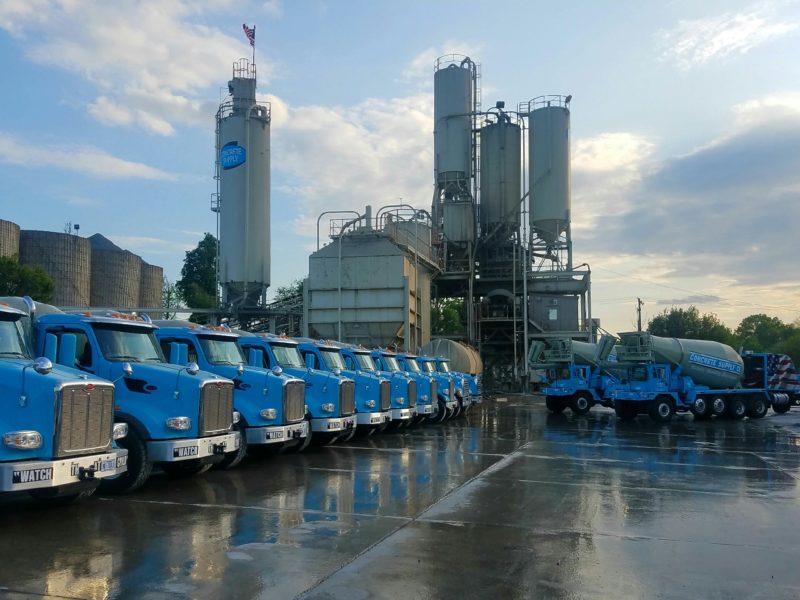Concrete Basics: Essential Ingredients For A Concrete Mixture
Concrete is and has been for thousands of years, a very popular building material.
Made up of just a few basic ingredients, concrete is the most widely used man-made material on the planet. Humans use more concrete than all other building materials combined.
So what is concrete exactly?
What goes into the most commonly used building material?
Concrete is a mixture of cement, air, water, sand, and gravel–it’s as simple as that!
Not exactly. The typical concrete mix is made up of roughly 10% cement, 20% air and water, 30% sand, and 40% gravel. This is called the 10-20-30-40 Rule–though proportions may vary depending on the type of cement and other factors.
Now let’s discuss each ingredient and the important role they play in your mix.
Concrete mix ingredients and their important roles:
Cement
Though cement makes up the smallest percentage of the mixture, it’s an essential ingredient in concrete. Cement serves as the glue that keeps everything else together. It’s also what allows the ready mix to harden once it’s placed. There are five different types of cement depending on what kind of concrete you’re looking to make:
- Type I is used for most residential work
- Type II is used in moderate sulfate conditions
- Type III is used in climates where freezing is a risk
- Type IV is used for special orders like industrial placements
- Type V is used in extreme sulfate conditions
Types I and II are the most widely used residentially in the United States due to the relatively moderate climates we experience here.
Air and Water
For a mixture to be effective, some amount of air entrainment (tiny air bubbles) is needed in the concrete. Air-entrained cement ensures that excess water has a chance to expand when it moves through the freeze-thaw cycle. These air bubbles, however, must be microscopically small or else the ‘entrained’ air will turn into ‘entrapped’ air which leads to shrinkage and cracking.
Amongst all of the other essential ingredients involved in creating a mixture, water tends to have the largest impact. As a rule of thumb, the more water that you put into the mixture, the less strength the hardened mixture will have. Shrinkage and cracking are also probable when too much water is involved. Excess water will eventually evaporate out of the hardened concrete, causing the concrete to shrink and eventually crack.
An ideal amount of water can be measured by water to cement ratio, which should vary between .4 and .6. The higher the ratio, the weaker the concrete. A good way to test the solubility of your concrete is to perform a slump test. This will help to determine whether or not your mixture contains too much water.
Gravel and Sand
As you can see, gravel and sand aggregates make up about 70% of the mixture. This high percentage makes the mixture more economical–as gravel and sand are both stronger and more cost-effective than the cement. A good ready mix will include proportionate amounts of both large (gravel) and small (sand).
The reason for this is that the gravel makes up the majority of the ready-mix and the smaller sand particles do a good job of filling in any extra spots that could otherwise be filled by unwanted air pockets.
Well there you have it, the ingredients that combine to create the most widely used building material in the world–concrete. As you can see, each ingredient and its ratio impacts the final ready mix’s quality and type. It’s important that you get the best ready mix for your specific job. That’s why we’ve created this Ready Mix Checklist to help you and your ready mix supplier create just what you need. Download your Ready Mix Checklist now.


